Productivity remains the key issue for organic farming, so your strategy must take into account your geographical location and availability of resources. You also need to prioritise risks to business productivity and profitability.
There are innovative ways of optimising organic farming output and increasing yield:
- Aquaponics
- Intercropping
- Automation
But these practises weren’t globally tested and predominantly approved. So the safest first option for agribusiness wishing to go organic is organic fertilisers.
5 myths about organic fertilisers
In September 2021 Sri Lankan government proposed to ban all imports of chemical fertilisers and other artificial agrochemicals. The news sowed panic among farmers, plantators and other agribusinesses, as well as scientists and researchers.
Agriculture constitutes 21% of Sri Lankan GDP and 38% of the nation's workforce is employed in this market. So any changes are met with understandable caution. And a substantial shift in policy can be detrimental to agribusiness if carried out improperly.
However, the situation in Sri Lanka revealed many myths about organic fertilisers, which we have to debunk.
As you know, main plant macronutrients are Nitrogen, Phosphorus and Potassium or NPK. Other macronutrients include Calcium, Magnesium and Sulphur or CaMgS. And there are also micronutrients.
Different plants need different ratios of NPK. And the main problem is depletion and erosion of soil, when the land becomes infertile or barren. Farmers need to artificially maintain required NPK levels and here’s where fertilisers come in. And so do the myths.
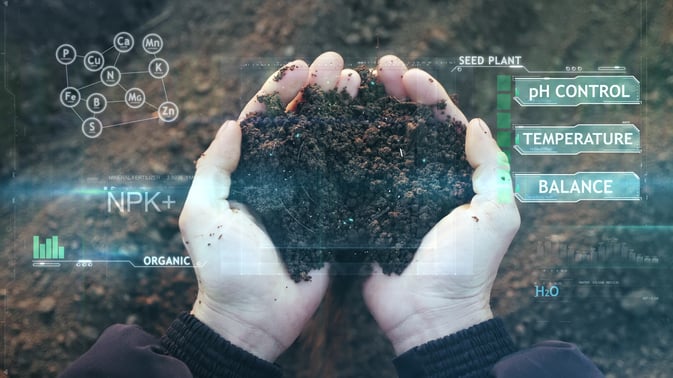
Myth №1. Organic fertilisers fail to provide enough Nitrogen
46% of Urea and 21% of Ammonium Sulphate is Nitrogen. But it doesn’t mean that soil and plants receive the same amount of this macronutrient when Urea or Ammonium Sulphate are used as a fertiliser.
Plants need Nitrogen in the form of Nitrates – that’s the most plant-accessible variation it can take. And certain organic fertilisers contain Nitrogen-fixing bacteria, which utilises soil-bound mineral and organic compounds, including ammonium salts, nitrous acid and urea. Then bacteria convert compounds via nitrification into plant-accessible nitrates.
Also such organic fertilisers synthesise Nitrogenase enzyme, which draws Nitrogen from the atmosphere and transforms N2 into ammonia NH3. Synthetic agrochemicals cannot do that.
Critics cite that organic compost contains no more than 1%-4% of Nitrogen, except artificially concentrated products. But the aforementioned mechanism explains why you don’t need massive amounts of organic fertilisers to replace synthetic ones. It all boils down to which type you’re using.
Myth №2. Nutrients in organic fertilisers are not plant-accessible as natural agrochemicals are not water-soluble
As we’ve demonstrated above, organic fertilisers can create plant-accessible nutrients. And that synthetic fertilisers do not necessarily contain nutrients in plant-accessible form.
But what about solubility? Many organic fertilisers are perfectly soluble. Some are almost indistinguishable from water in their density as they pass filtration at 80 microns and so do not clog the injectors.
So nutrients in organic fertilisers are indeed plant-accessible.
Myth №3. Organic fertilisers do nothing against soil phosphatisation
Artificial agrochemicals may contain a lot of macronutrients, but they fail to successfully deliver the larger part of those nutrients to plants. 75% of phosphorus quickly bonds with calcium and magnesium cations, and also iron, aluminium, manganese and titanium oxides and hydroxides. And simply increasing the dose of fertilisers leads to soil phosphatisation.
Certain organic fertilisers contain Bacillus megaterium, which significantly increases availability of soil potassium via transforming potassium aluminosilicates, which generally constitute 98-99% of its gross content, into plant accessible compounds.
Bacillus megaterium spores and living cells start reproducing as soon as they enter the soil. The strain effectively colonises the entire rhizosphere of cultivated plants.
Also, Bacillus megaterium produces organic acids and phenolic compounds. These effectively dissolve compound forms of soil phosphate and potassium, which are unsuitable for plants.
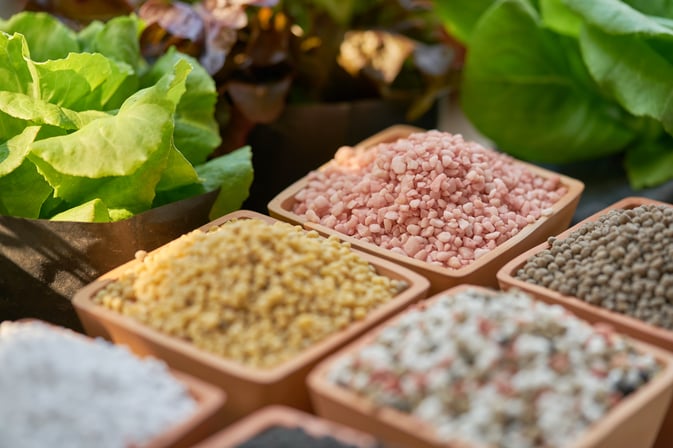
Organic acids and specific enzymes convert insoluble compounds of phosphorus and potassium into water-soluble ones. Plants receive phosphorus and potassium in their most absorbable form.
So, not only are organic fertilisers water-soluble, but they also convert insoluble compounds into soluble ones. Another myth debunked :)
Myth №4. Release of nutrients in organic fertilisers cannot be timed
Various types of plants have varying life cycles, so one can require more nutrients in the first month after sowing and another – in the second or third.
Critics maintain that organic fertilisers comprise only complex Carbon-Hydrogen molecules, which break down too slowly to supply plants with nutrients at a particular stage of life cycle.
However, the producers of natural agrochemicals customise their products to suit specific types of plants. And to create a general application product, they research and test fertilisers in different soils with various crops, until a universal formula is obtained.
Myth №5. Organic fertilisers contain Heavy Metals
There is a popular belief that any compost can be called organic, no matter what kind of waste was used as a raw material. For instance, industrial waste and general garbage collected from private and public bins can somehow end up not in landfills, but in “organic” compost.
This kind of waste is ridden with Heavy Metals and other toxins. So applying such compost to soil will cause extreme pollution. Soil, groundwater and plants become toxic. Animals and humans become sick and may even die. And, of course, crops are unfit for human consumption.
In contrast, real organic compost is made from plant and crop-lopping residue, as well as cattle and poultry waste. The messiest are made from treated sewage sludge, but it must be processed and checked for animal and human diseases. And the purest compost is produced via worm farming.
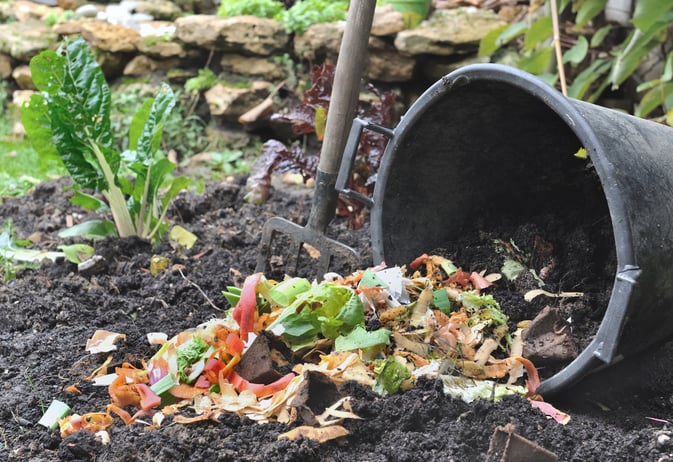
Natural organic fertilisers may contain elements not required by the plant, but they are harmless for humans and animals: cottonseed meal, soybean meal, blood meal, bone meal, fish meal, seaweed, and composted manures.
We should note that organic fertilisers are commonly divided into two groups: those without effective living bacteria and the ones with it, referred to as bioorganic. Both types also contain micronutrients, trace elements and physiologically active compounds.
Different countries have different industry standards for organic fertilisers. For example, in China provisions NY525-2012 and NY-884-2012 outline acceptable organic content, pH level, mortality of worms and faecal coliform quantity for organic and bioorganic fertilisers, respectively.
It may be a good rule of thumb to test fertilisers for Heavy Metals to make sure they are indeed organic. But to assume that natural agrochemicals are made from toxic waste is a different thing altogether.
The truth about synthetic fertilisers
Artificial agrochemicals are harmful for animals and humans. That is a fact. And they are also poisonous to soil. Especially, in the long-run.
When the soil erodes, it loses density. Agrochemicals do not remain in the top and middle layers, where they should supply nutrients to plants and roots. Harmful substances leak into the lower layers and mix with groundwaters. Streams become toxic and the whole ecosystem suffers as a result. This is especially true for sandy soil, where artificial agrochemicals must be applied in lower doses with increased frequency. And this is disadvantageous for farmers.
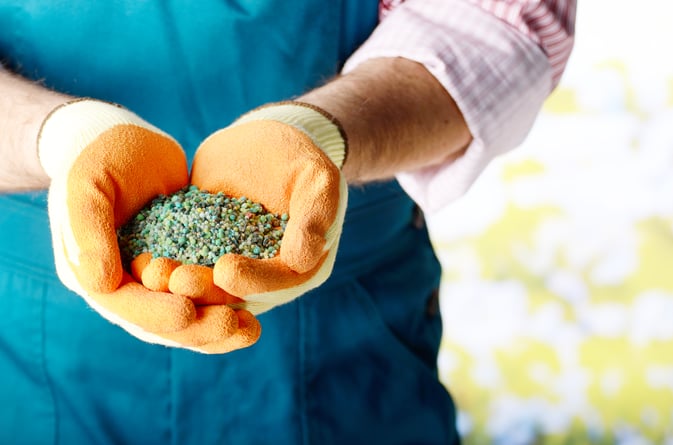
Nitrogen fertilisers are usually manufactured from gasoline or natural gas. When applied in excess they're prone to burning.
Another problem is pest and pathogen resistance to pesticides and artificial agrochemicals. It builds up with each successive application and leads to increased doses of harmful substances. But results only keep on diminishing. In contrast, certain organic fertilisers were successfully tested and proven as not inciting resistance in pests and pathogens.
Artificial agrochemicals are designed to protect plants, increase yield and, if needed, the number of crops per year. However, they do so at the expense of soil. The land is eroded, depleted and intoxicated. After a certain amount of time it can no longer be used for agricultural purposes.
Organic fertilisers and soil enhancers contain or produce via chemical reactions the humic acid, which is the building block for humus. Humus is a diversified network of Carbon-Hydrogen molecules and this compound does miracles for the health of soil. Humus strengthens soil structure, increases aeration and water retainment and improves the microbial environment in the rhizosphere. This strengthens the plant immune system and increases root nutrition.
Natural agrochemicals also improve the cation exchange in soil and thus increase its nutrient retention. Therefore, application of organic fertilisers minimises the impact of synthetic ones.
Various fertiliser raw materials and their nutrient composition
|
Raw material |
Chemical formula |
Nitrogen content |
P2O5 content |
K2O content |
|
Urea |
N (NH2) 2CO |
45 |
0 |
0 |
|
Ammonium nitrate |
NH4NO3 |
33 |
0 |
0 |
|
Potassium nitrate (saltpetre) |
KNO3 |
11 |
0 |
44 |
|
Triple superphosphate |
Ca(H2PO4)2 |
0 |
46 |
0 |
|
Muriate of potash or potassium chloride |
KCl |
0 |
0 |
60 |
|
Potassium sulphate |
K2SO4 |
0 |
0 |
50 |
|
Epsom salt or magnesium sulphate |
MgSO4-H2O |
9, 13 |
||
|
Gypsum |
Ca SO4-2H2O |
21 |
||
|
Activated sludge |
5 |
3 |
0 |
|
|
Blood Meal |
15 |
1.3 |
0.7 |
|
|
Cow manure |
0.3 |
0.1 |
0.4 |
|
|
Horse manure |
0.6 |
0.3 |
0.5 |
|
|
Chicken manure |
1 |
0.5 |
0.5 |
|
|
Coffee grounds |
0.9 |
0.3 |
0.6 |
|
|
Granite dust |
0 |
0 |
5 |
|
|
Seaweed |
1.6 |
0.7 |
5 |
|
|
Wood ashes |
0 |
1.5 |
7 |
|
|
Compost – content of nutrients differ |
0.5-3.5 |
0.5-1.0 |
1-2 |
Source: https://spoonerars.webhosting.cals.wisc.edu/wp-content/uploads/sites/125/2014/09/fertilizers.pdf
Going organic is a long step-by-step process, so start small and build slowly. Switching from inorganic to organic fertilisers is a first step on this journey.
Contact us if you have any questions. We'll be happy to help.
Original sources:
https://www.azolifesciences.com/article/Organic-vs-Inorganic-Farming.aspx
https://highrayz.com/can-we-meet-food-demand-with-organic-composts/
https://www.mdpi.com/2073-445X/10/8/858
https://spoonerars.webhosting.cals.wisc.edu/wp-content/uploads/sites/125/2014/09/fertilizers.pdf
https://www.ams.usda.gov/sites/default/files/media/Organic%20Transition%20Guide%20v3.2.pdf
https://www.microlifefertilizer.com/wp-content/uploads/2021/08/how-to-go-organic-2021.pdf
Learn more about our products
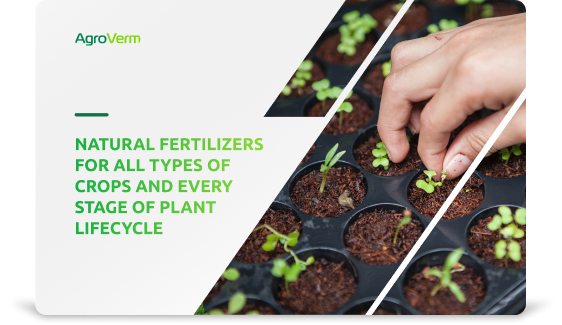
Download a free presentation
Find out how AgroVerm products can help you reduce 30% of your costs

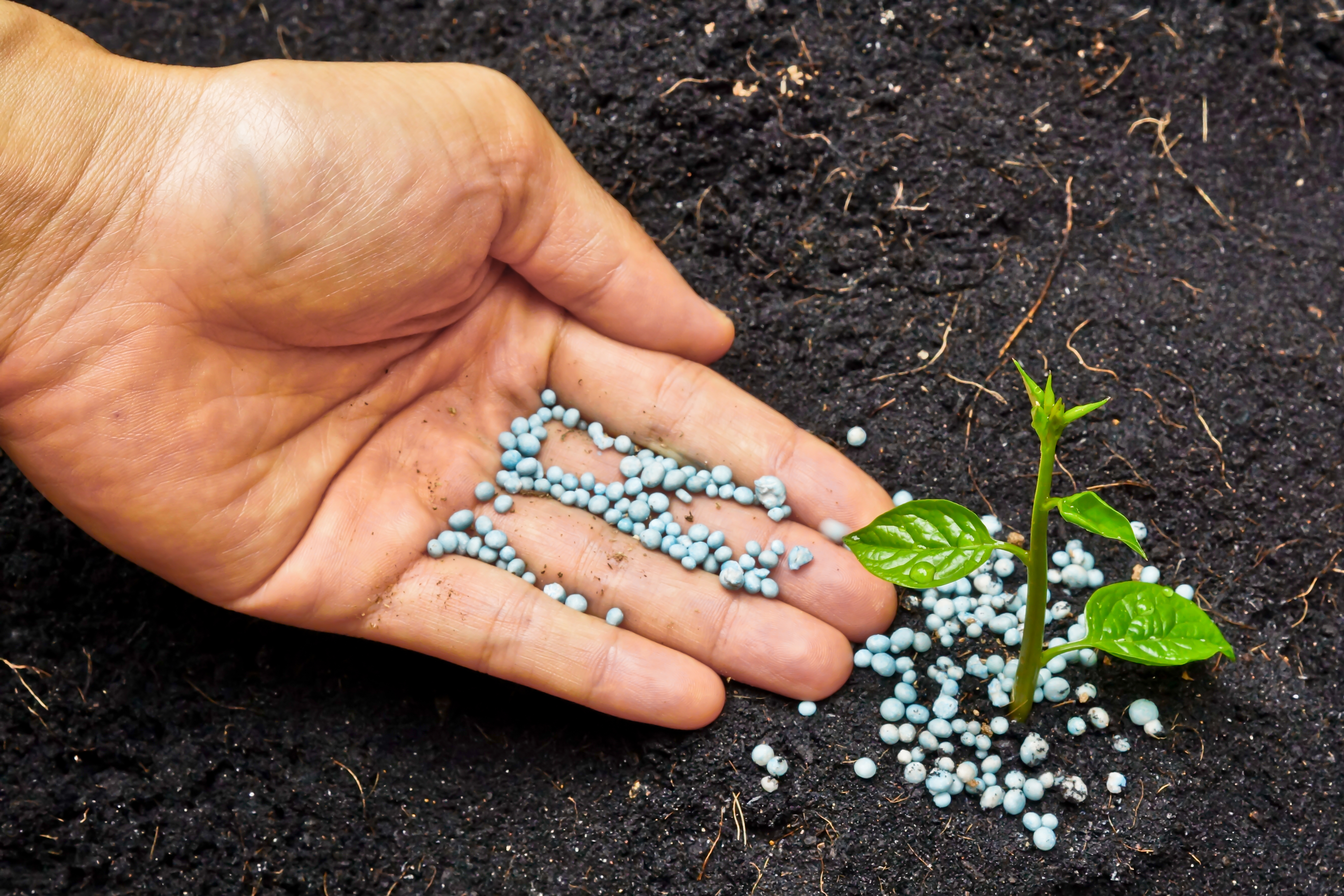
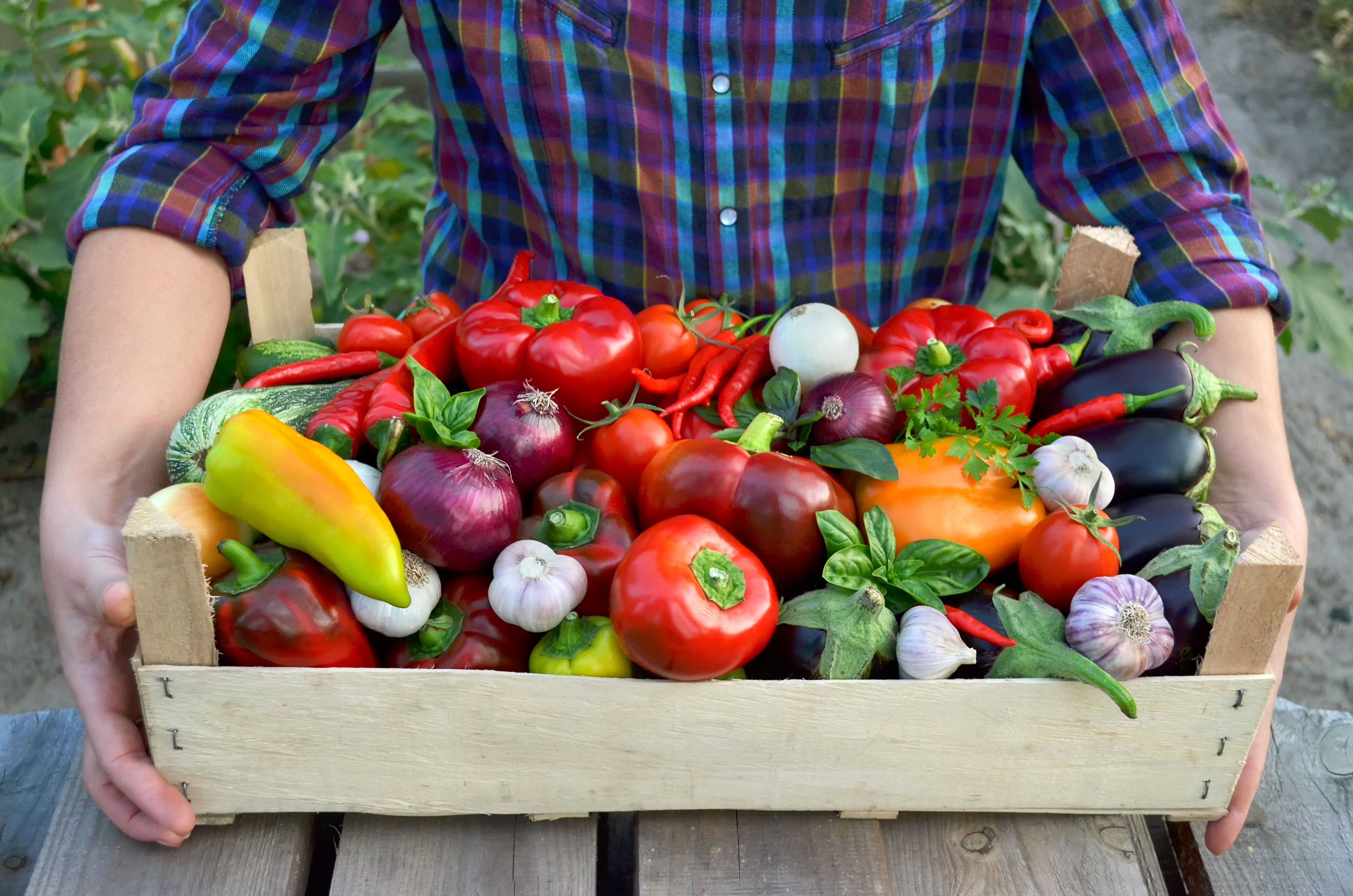
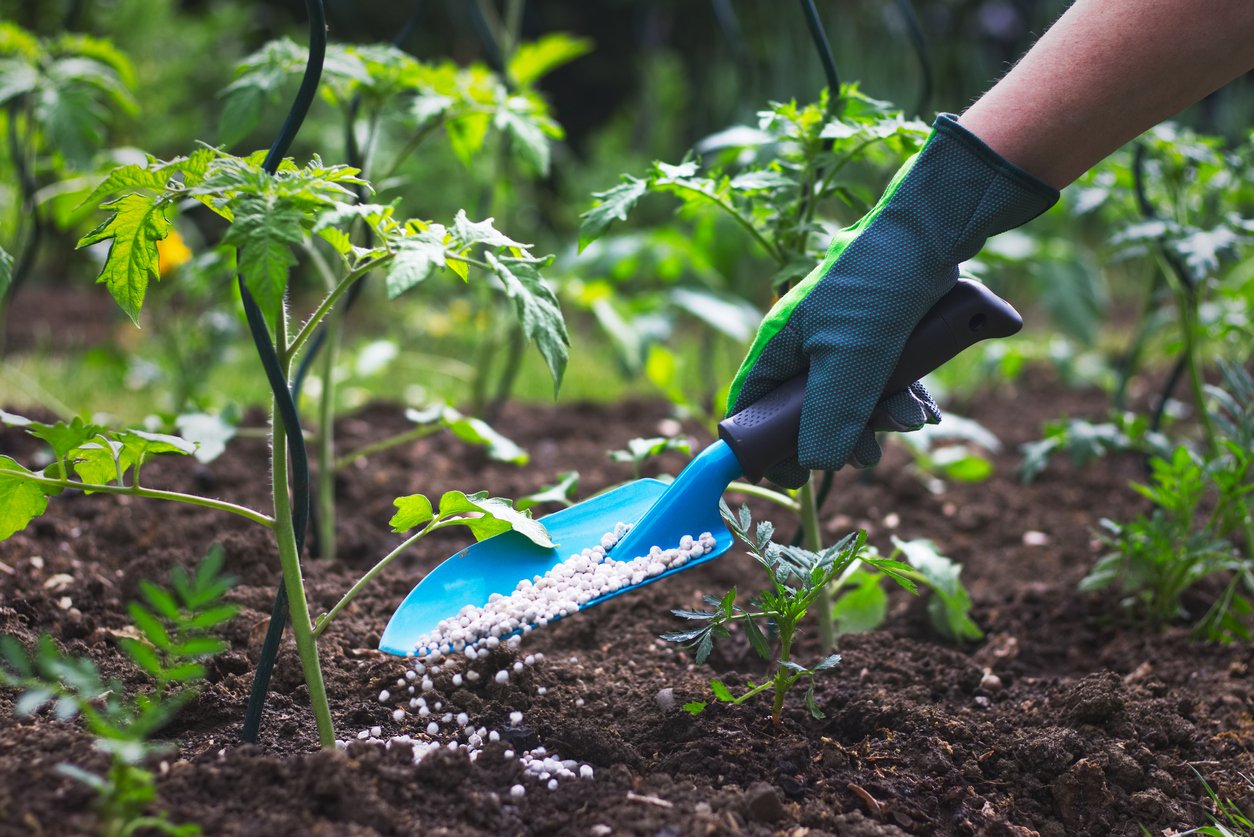
Comments